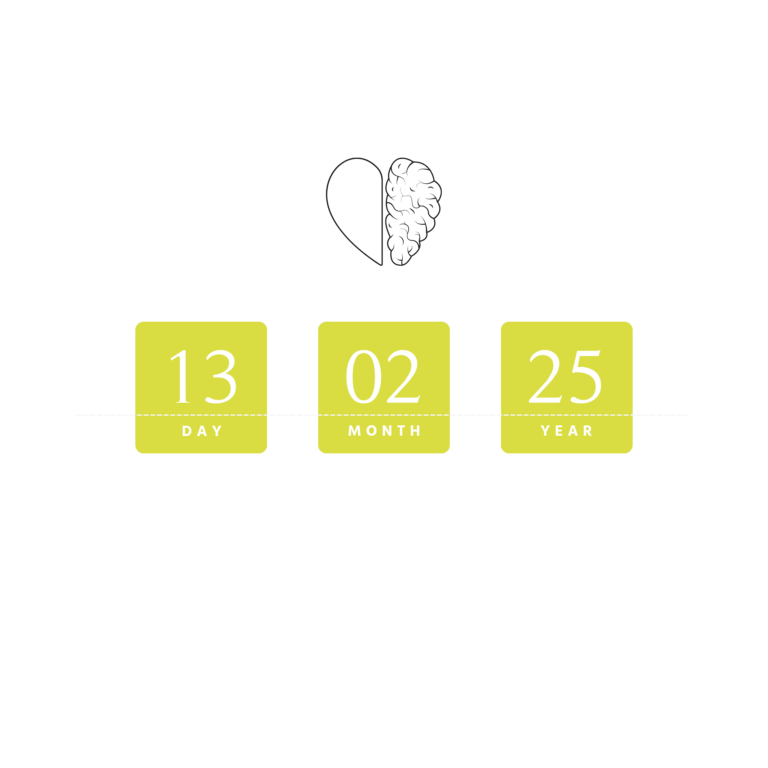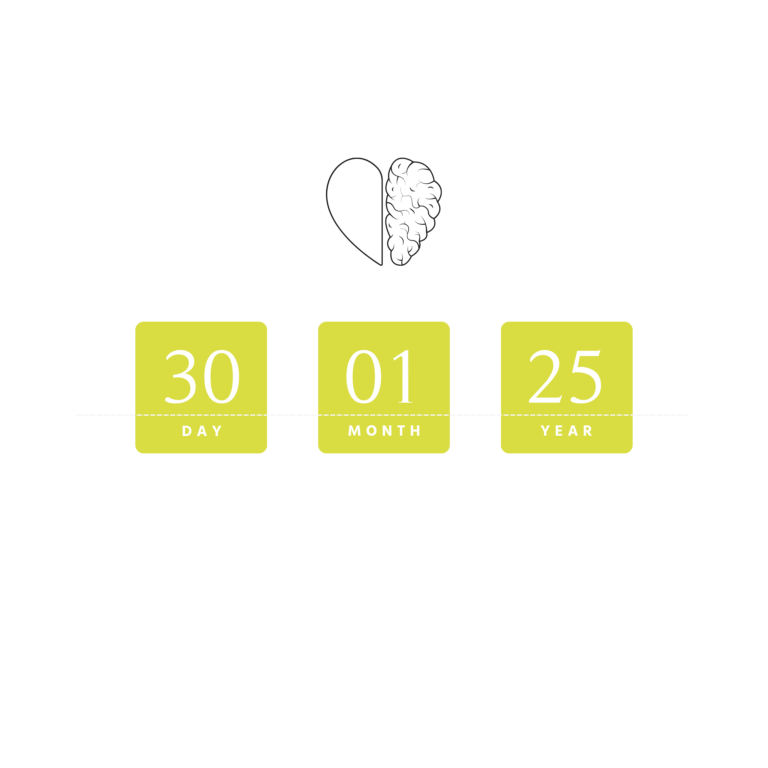Burnout is a pervasive issue that affects people like you and me across various professions and walks of life. It shows up as physical, emotional, and mental exhaustion caused by prolonged stress and overwork. The COVID-19 pandemic has exacerbated this issue for many, leading to an increased prevalence of burnout. In this article, we will explore the psychology and sociology behind burnout, discuss coaching tools for prevention, analyze the impact of the pandemic on burnout rates, examine gender differences in experiencing burnout, and recommend five insightful books written by women to help prevent burnout.
Here is what we will explore in this article:
- Understanding the Psychology Behind Burnout
- The sociology Behind Burnout aka the Social impact on your Burnout
- Coaching Tools to Prevent Burnout
- Is There More Burnout Since the Pandemic?
- Gender Differences in Experiencing Burnout
- Top 5 Books Written by Women on Preventing Burnout
Understanding the Psychology Behind Burnout
From a psychological perspective, burnout is a response to chronic workplace stress that has not been successfully managed. The primary components include:
- Emotional Exhaustion: Feeling drained and depleted of emotional resources.
- Depersonalization: Developing a cynical attitude towards one’s job or colleagues.
- Reduced Personal Accomplishment: Experiencing feelings of incompetence and lack of achievement.
While many would say that the roots of these symptoms often lie in perfectionism, high self-expectations, and a lack of control over work situations, cognitive-behavioral patterns such as negative self-talk and unrealistic goal-setting further contribute to the development of burnout. This is undoubtedly the case for many entrepreneurs and founders.
The Sociology Behind Burnout
Sociologically research has consistently shown that a negative workplace culture is a significant contributor to employee burnout. Simply put, when a company’s culture doesn’t prioritize employee well-being and healthy work practices, it significantly increases the likelihood of burnout among its workforce.
Burnout is influenced by organizational culture and societal expectations. Work environments that prioritize productivity over well-being create conditions ripe for burnout.
Factors include:
- High Job Demands: Excessive workloads without adequate support.
- Lack of Autonomy: Minimal control over how tasks are completed.
- Insufficient Rewards: Lack of recognition or compensation for efforts.
- Poor Social Support: Isolation from colleagues or inadequate managerial support.
Societal norms that glorify overwork also play a significant role. The “always-on” culture perpetuated by digital connectivity blurs the boundaries between work and personal life, making it difficult to disconnect and recharge. When I worked in merger and acquisition banking, I couldn’t believe when the management compared the company’s work hours to those of another major player in the industry. Whoever worked more was portrayed as more valuable. Somewhere in their minds, they were equalizing productivity with work hours spent in the office.
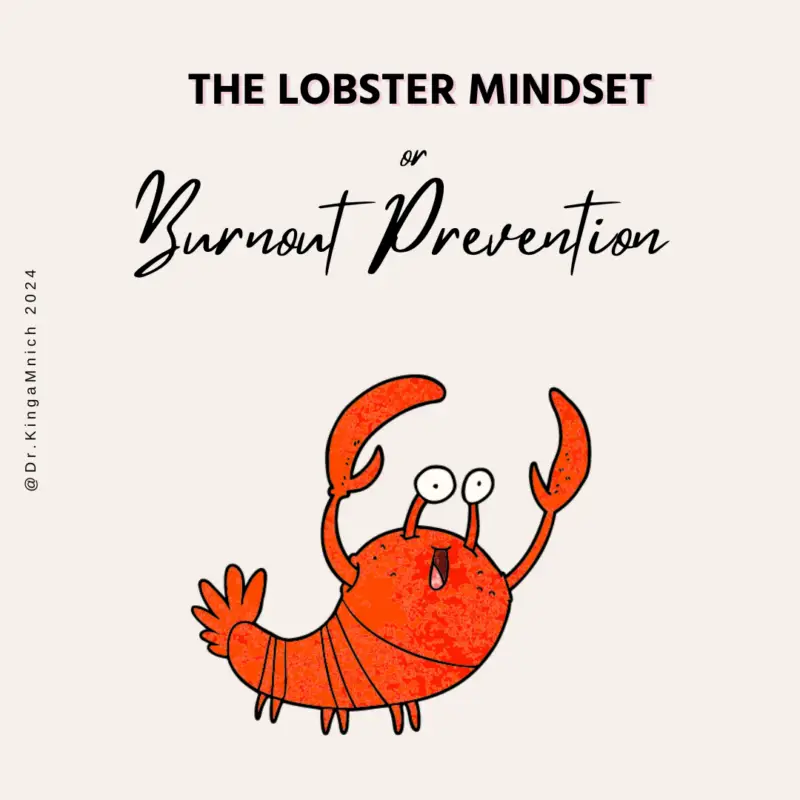

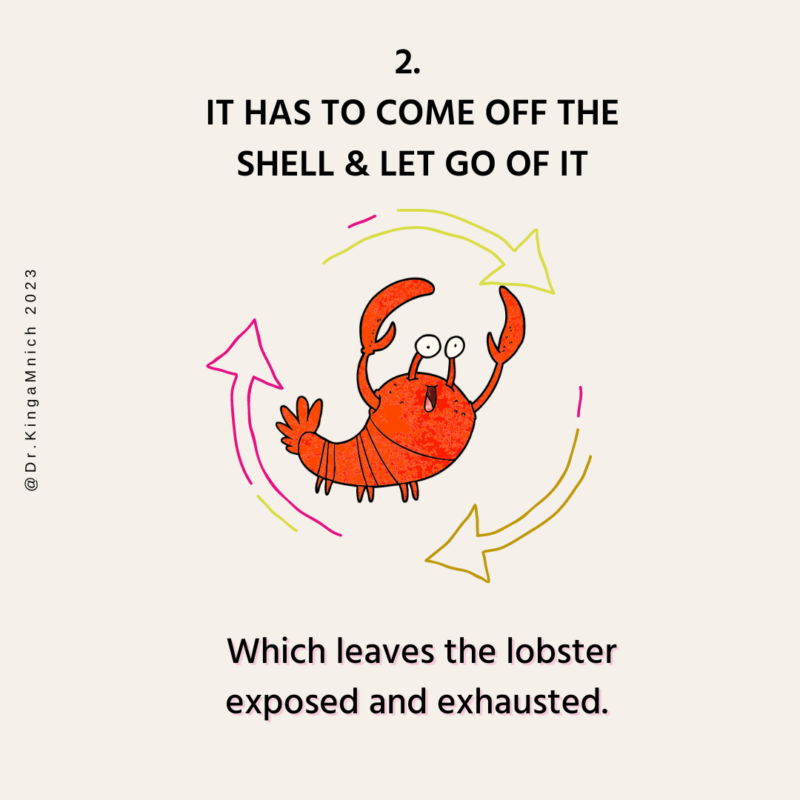
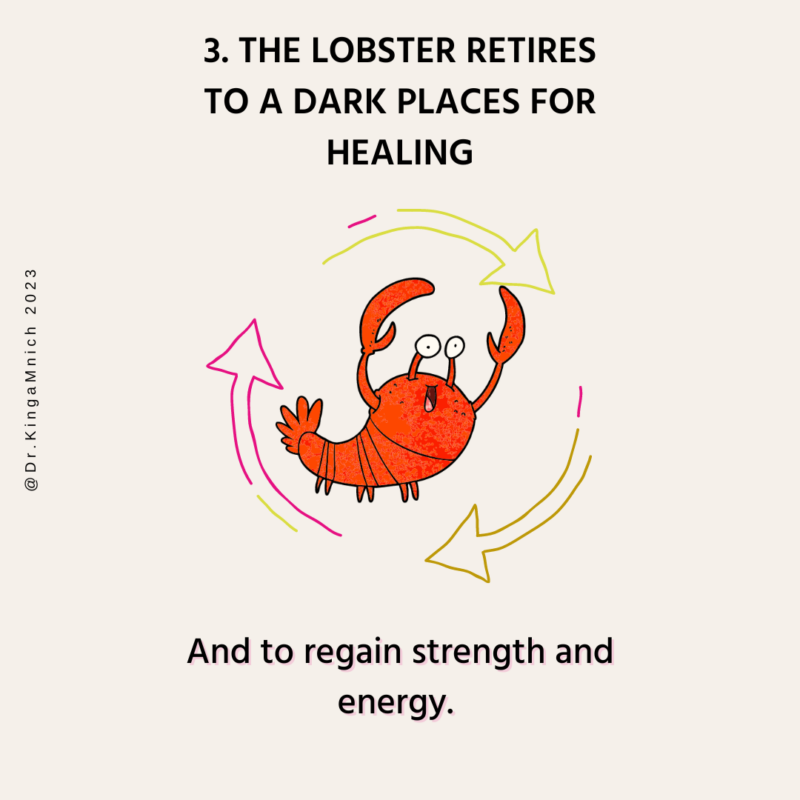
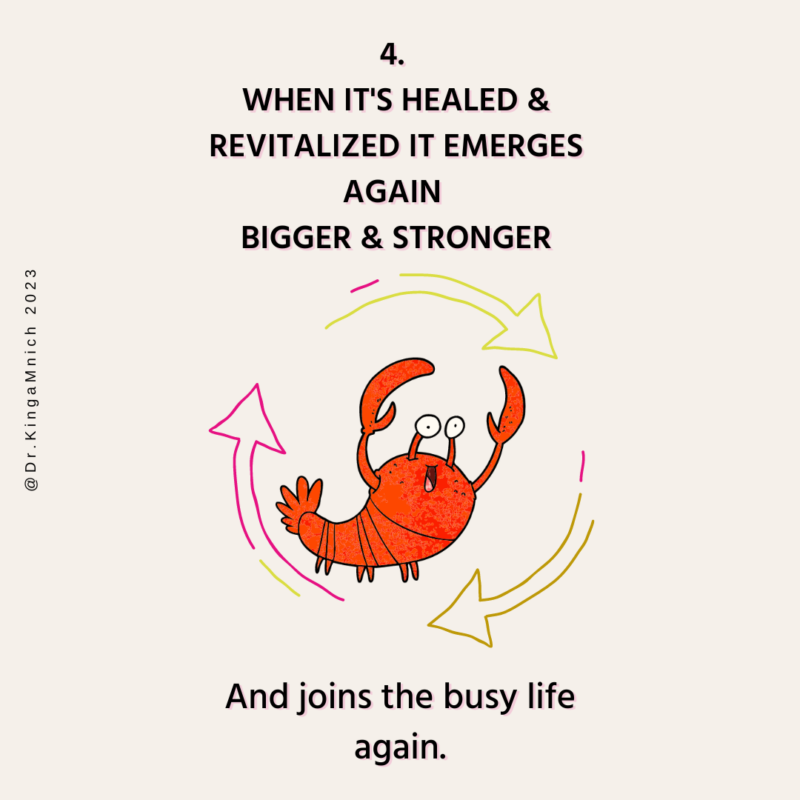
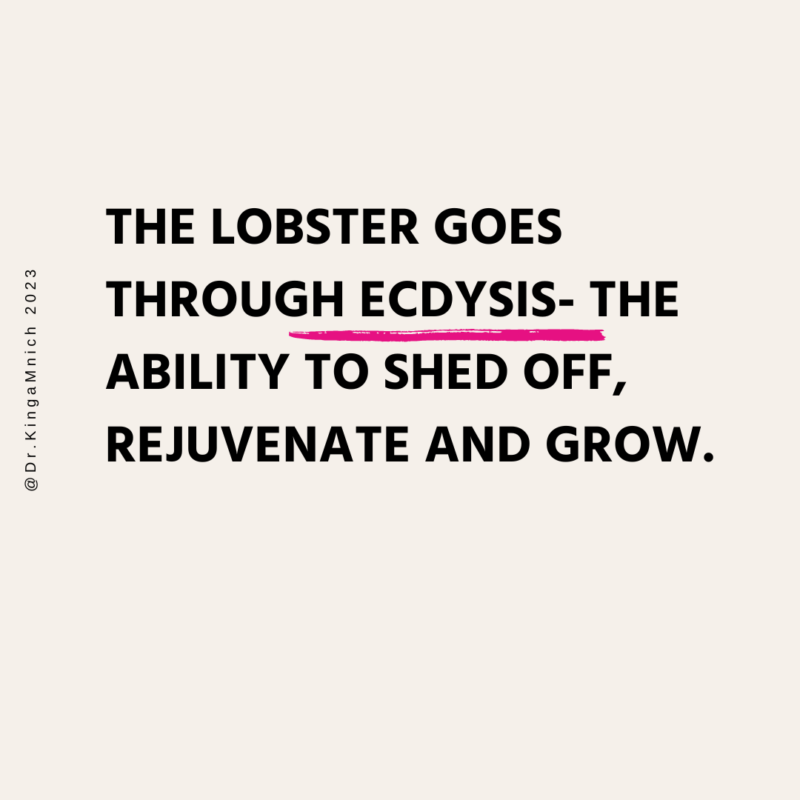
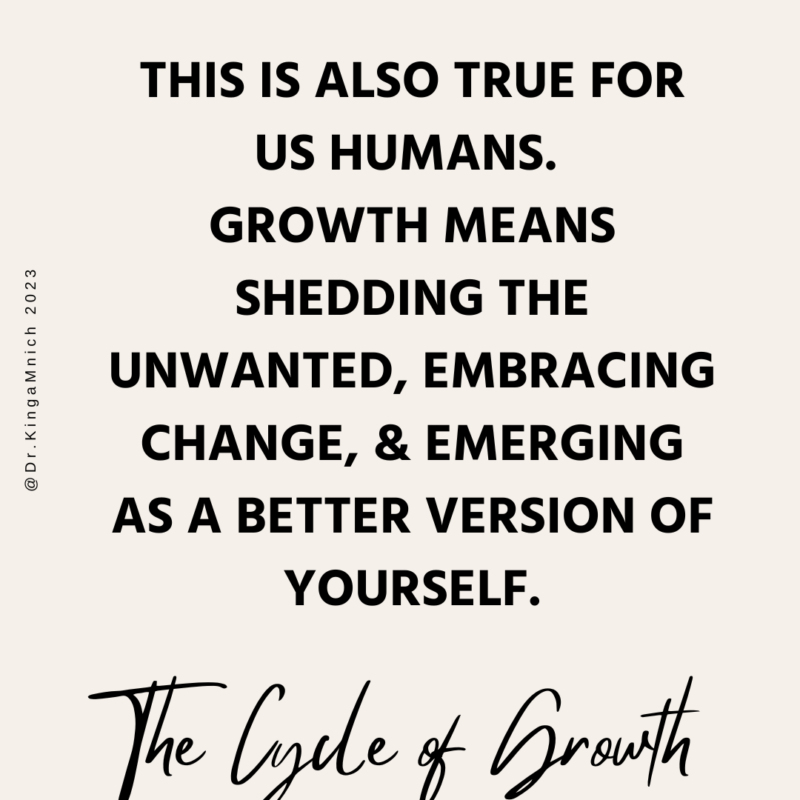
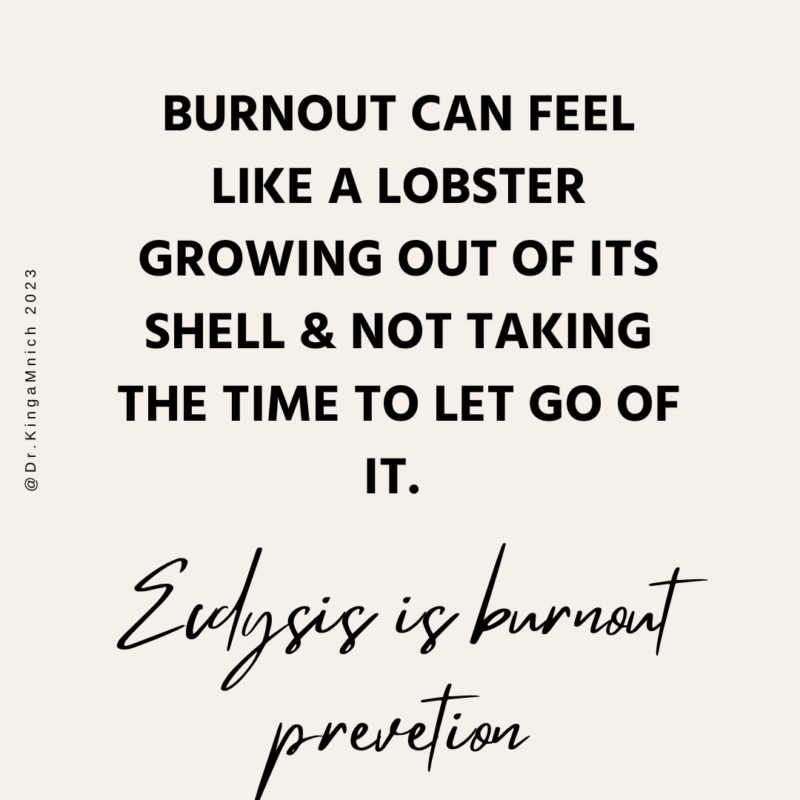

Coaching Tools to Prevent Burnout
The good news is that you can prevent burnout by:
- Setting Boundaries and Work-Life Balance
- Building Resilience and Creating Self-Care Practices
- Managing your Workload
- Building a strong Social Support and Connection
- Create a Sense of Purpose at Work and Autonomy
Additionally, prevention requires intentional strategies aimed at fostering resilience and balance. Here are some practical coaching tools:
- Habit Tracker Worksheet: This tool helps individuals identify patterns in their behavior that contribute to stress and adjust them accordingly.
- High-Performance Activity Planner: By structuring goals clearly, individuals can manage their time better and avoid feeling overwhelmed.
- Path to Clarity & Confidence Guide: Building confidence through emotional intelligence can help navigate insecurities that lead to stress.
Additionally, mindfulness practices such as meditation, regular physical activity, setting healthy boundaries, seeking social support, and professional development opportunities are crucial in maintaining well-being.
Are We More Stressed since the Pandemic?
There has been an increase in reported cases of burnout since the onset of the COVID-19 pandemic. Several factors have contributed to this rise:
- Remote Work Challenges: Blurred lines between home and work life make it difficult to switch off from work mode.
- Increased Workload: Many sectors faced heightened demands due to pandemic-related disruptions.
- Isolation: Reduced face-to-face interactions with colleagues led to feelings of loneliness.
- Health Concerns: Anxiety about health risks added another layer of stress.
These unprecedented changes have significantly impacted mental health worldwide. Society also makes us think that we must make up for lost time and that life has become even more of a race. There is no price at the end of this race, so what are we racing for?
That’s why it has become more critical than ever to understand what your life vision is. How do you want your life to look like towards the end of it? What stories do you want to share, and which moments do you want to cherish? Remember, one of the most impactful burnout preventions is meaningful time spent with the people that matter in your life.
Gender Differences in Experiencing Stress
Research indicates that while both men and women experience burnout, there are distinct differences in how they manifest these symptoms:
- Women tend to report higher levels of emotional exhaustion due to juggling multiple roles (e.g., professional responsibilities alongside caregiving duties).
- Men, conversely, often experience depersonalization more acutely due to societal pressures around stoicism and self-reliance.
Understanding these differences is crucial for developing tailored interventions that address specific needs based on gender dynamics.
Top 5 Books Written by Women on Preventing Burnout
To gain deeper insights into preventing burnout from experienced voices, here are five highly recommended books authored by women:
- Burnout: The Secret to Unlocking the Stress Cycle by Emily Nagoski Ph.D., Amelia Nagoski DMA
- The Joy of Missing Out by Tonya Dalton
- Daring Greatly by Brené Brown
- The Gifts of Imperfection by Brené Brown
- Thrive by Arianna Huffington
These books provide practical advice rooted in research on managing stress effectively while promoting holistic well-being.
Conclusion
Burnout is a multifaceted issue influenced by psychological patterns and sociological structures but can be mitigated with proactive strategies centered around resilience-building practices like those offered through coaching tools mentioned above—habit trackers for clarity; planners for structured goal-setting, guides for confidence enhancement—all contributing towards sustainable performance without compromising mental health amidst ongoing challenges posed particularly during times like pandemics where shifts occur rapidly affecting us all differently yet collectively too! By understanding its nuances better via literature penned down, especially addressing female perspectives comprehensively alongside recognizing unique experiences across genders—we pave the way forward, ensuring healthier, balanced lives, ultimately achieving true fulfillment personally and professionally alike!
References:
Johnson, T., & Shamroukh, S. (2024). Predictive modeling of burnout based on organizational culture perceptions among health systems employees: a comparative study using correlation, decision tree, and Bayesian analyses. Scientific reports, 14(1), 6083. https://doi.org/10.1038/s41598-024-56771-2






